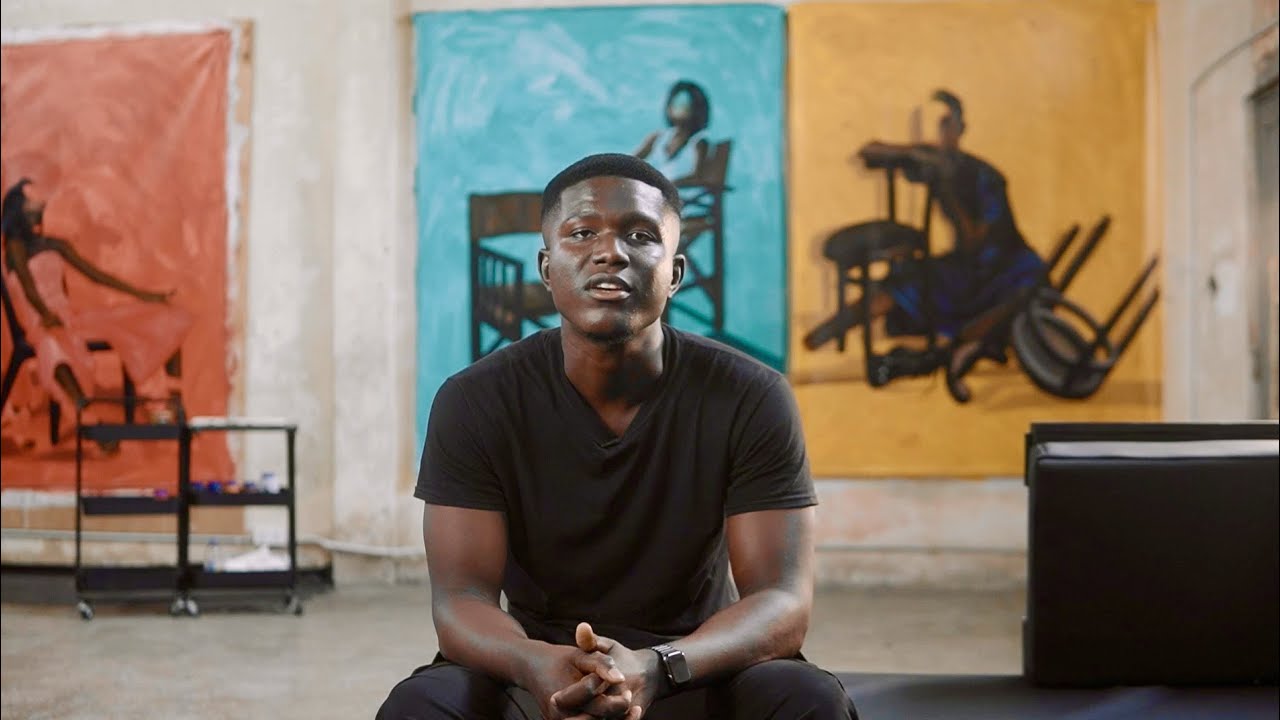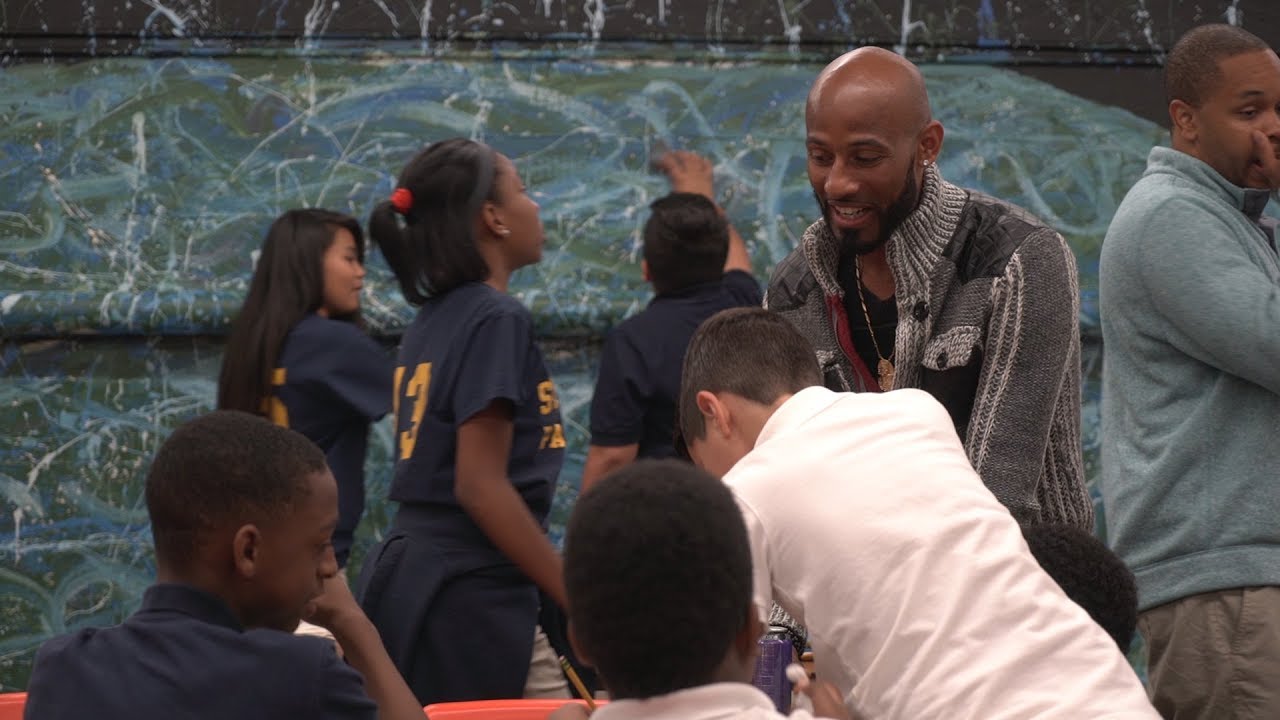In a recent survey of arts education in schools, we looked at how much money schools spend on the arts. The amount spent on fine arts programs in elementary and high schools declined, respectively. Elementary schools allocated more than twice as much money to art than high schools. Overall, 81% of schools reported dedicated art budgets. High schools allocated an average of $5,500 per student. While that amount is still modest, it shows that the importance of arts education cannot be ignored.
Funding for fine arts education
Mayor Bill de Blasio has announced $23 million in additional arts funding for New York City schools. The money will help under-resourced schools hire 120 new art teachers and improve arts facilities across the city. It will also provide funding for arts education projects that benefit low-income and special-needs students. Additionally, the additional funds will help schools improve their facilities, establish new partnerships, and provide extra resources for arts education. The new funding will help thousands of students, and will be spent on classes in music, visual arts, and theater.
While addressing these issues isn’t easy, it’s important to realize the benefits of fine arts education. Studies have shown that art education increases student attendance, improves academic performance, and fosters critical thinking. These benefits extend to schools, as well. When students graduate, they’ll have the skills and experience to navigate the competitive landscape of higher education, and the competitive job market. Investing in arts education will improve students’ lives and prevent them from pursuing dangerous behaviors as they age.
The federal government has a number of programs and policies to support the arts in our schools. These programs include the Fast Response Survey System in Arts Education and the National Assessment of Educational Progress. Arts education is a part of a well-rounded education and should be incorporated into school curricula. The newest arts data were published in 2016, and the National Assessment Governing Board has removed it from its 10-year calendar.
In the past decade, public schools have suffered a severe funding crisis. While many federal grants provide some funding for the arts, public school programs typically receive most of their funding from state sources. Unfortunately, many states have experienced a funding crisis after the recession. Therefore, funding for the arts in public schools is a critical issue for our nation’s future. This issue is one of the most important issues facing the country.
Expenditures
The Education Department allocates about $65 million a year for arts programs, but not all of that money is allocated to arts. Art teachers can buy supplies with this money, but the spending is completely up to the principal. The level of arts programming varies significantly from school to school. In New York City, for example, a third of all students are required to take at least two arts courses. However, only 34% of eighth graders meet the state’s requirement.
The benefits of arts education cannot be overstated. Not only are they beneficial in the short term, but they also help students develop critical thinking, analytical, and problem-solving skills. Students who take an arts education are much more likely to apply to colleges than students who do not participate in art programs. This makes art programs a valuable investment for society. But how much does a school have to spend? The answer is not as simple as you might think.
The amount of money spent per minute on arts instruction in schools varies by level. For instance, at California College of the Arts, undergraduate students will pay $51,137 in 2020. But at the same time, student athletes must pass a class to participate. And while many schools are cutting arts programs to make more money, art education is a crucial part of education. And with so many students learning the arts, they are more likely to excel in their academics.
While federal arts funding is not the only way to boost art education, it is an important aspect of school budgets. Art education is often neglected in schools and districts, but this should not discourage art-making. In fact, the federal government has provided nearly $1 billion for arts education in schools over the past four years. But it is the most important part of arts education in the public school system. The federal government is supporting these arts programs through federal funds and federal grants.
Fundraising
While arts programs have recovered from the “doomsday” recession, the amount of money spent on them has not. According to a survey conducted by the New York City Education Department, only 34% of middle-school students fulfill the state requirement of taking two arts courses. In addition, 67% of school principals surveyed said that the amount of money spent on arts programs in their schools was inadequate. So, advocates are calling for more money to be allocated to arts programs. Some advocates say that schools should be required to spend at least one hundred dollars per student on art. The city council is proposing such a proposal.
In addition to the arts, the district is also investing in literacy and future education. It is investing in new staff, and reintroducting AP classes and new English and math textbooks. In addition to this, it is partnering with the Department of Education and nonprofit groups to develop thematic instruction. The money is meant to increase access to arts education and help schools meet standards. This means that art and music are important components of a well-rounded education.
The school district of Philadelphia, for example, has a per-pupil allotment for arts and music, but it is not enough to meet the needs of all students. The school district is understaffed, and in some cases, only one art teacher is available. In such a case, the school district is lucky if it has one art teacher, let alone a program for students with special needs.
Impact on student learning
The impact of arts in education is increasingly important for students’ growth. Humans have always painted, sculpted, and performed music, and it’s an essential part of who we are. In our modern world, which revolves around math, science, and technology, art education is often overlooked. However, it’s important not to let that stop you. Here are some ways that arts in education can benefit students:
Students who participate in art programs are less likely to be disciplined. The impact is more apparent in students with higher levels of art involvement. Harvard professors Ellen Winner and Lois Hetland both concluded that students who take part in art programs do better in school than students who do not. However, correlation is not causation, so students’ involvement in art programs may have been responsible for their good grades. So how do art programs have an impact on learning?
The benefits of arts education can be felt in many areas: students’ technical knowledge and skills, increased enjoyment, stress relief, and knowledge of social issues. They also improve critical thinking skills, improve communication skills, and increase self-esteem. Although the benefits of arts education have been documented in different fields, there are limitations to research on arts education. First, there’s no consistent way to compare results from different studies, and programs vary greatly in quality and context. Second, there’s a lack of high-quality, sufficiently powered studies.
Students who take part in arts education develop specific skills, known as “studio habits of mind.” One such habit is learning to engage in and persist in a project. These habits of mind teach students to learn from their mistakes and to persist and commit. For example, students learn how to read, write, and perform well in math. And students are better at understanding and interpreting complex texts because of these skills. Therefore, arts programs have a significant impact on student learning.
Impact on school accountability
In an effort to determine the impact of arts education on state-level accountability systems, researchers looked at the share of art educators across all states. This decrease was not directly related to consequential accountability provisions in most states. However, some school district administrators may have felt that NCLB imposed a harsher accountability standard and shifted resources from the arts to other, more testable, subjects. The reduction in the percentage of arts educators has been speculated about since the passage of NCLB in 1985, but its precise impact remains to be determined.
A study from 2002 revealed that state-level art education was influenced by standardized test performance. In states that had little or no test-based accountability, the average number of arts teachers decreased. As a result, arts programs were not as widely taught as their counterparts. The study also showed that students enrolled in arts programs were less likely to report being “depressed” by the tests. The data suggests that arts teachers may be responsible for the decline in math and reading test scores in these states.
Some states are making the arts part of their accountability system. In Connecticut, the arts are named as part of the accountability system, but not included in all grades. Instead, schools are awarded credit for the number of high school students enrolled in arts courses. In Kentucky, performing and visual arts are also counted as indicators of transition readiness and well-roundedness among students. Moreover, arts education is also an important part of the state’s annual profile report.
The Department of Education is recognizing the importance of the arts and should commit to more federal funding for the arts. The Arts in Education National Program, for example, focuses on low-income communities and students with disabilities. There are significant income-related disparities in access to arts education. Therefore, the nation should commit to narrowing this gap and creating a robust arts education network for all children. With the right commitment, arts education can be a great tool to improve academic performance and improve school accountability.

